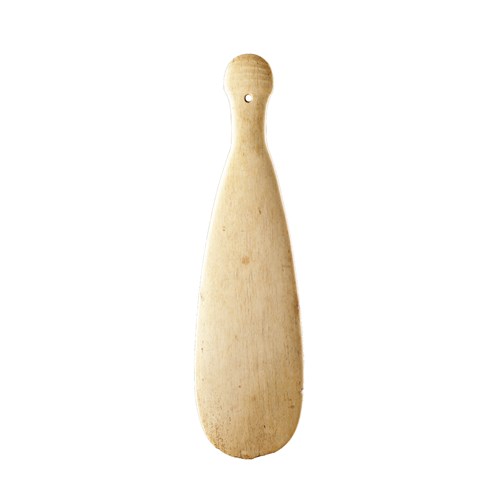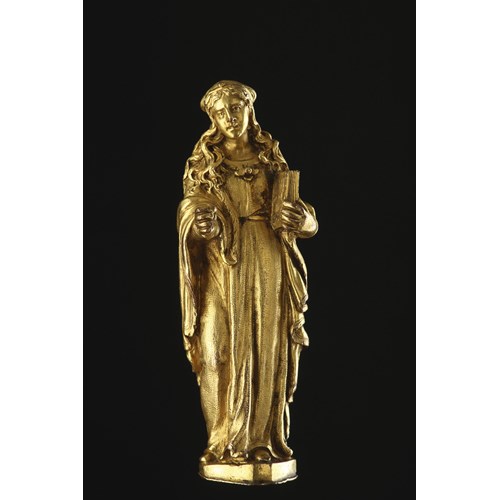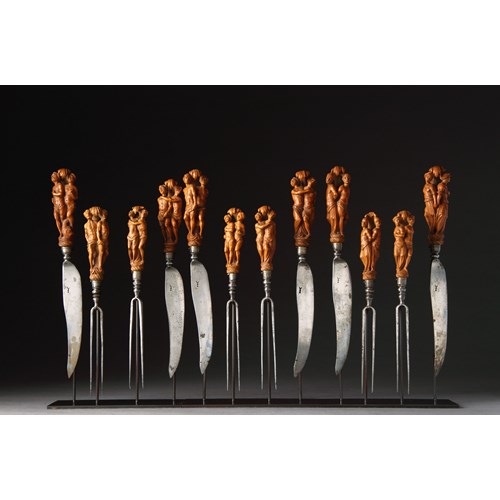Alabaster Crucifixion from a Retable of the Passion
Period 1400-1500
Medium Alabaster, polychrome, Oak, Wood
Dimension 49.5 x 26.5 x 5 cm (19¹/₂ x 10³/₈ x 2⁰/₁ inches)
Alabaster
Circa 1450 - 1470
Nottingham, Midlands, England
Size: 49.5cm high, 26.5cm wide, 5cm deep - 19½ ins high, 10½ ins wide, 2 ins deep
Wood Panel: 64cm high, 26.5cm wide, 5.5cm deep - 22 ins high, 10½ ins wide, 2¼ ins deep
Period: 1400-1500
Medium: Alabaster, polychrome, Oak, Wood
Dimension: 49.5 x 26.5 x 5 cm (19¹/₂ x 10³/₈ x 2⁰/₁ inches)
Provenance: Ex Private collection
Ex Sam Fogg Gallery
Ex Private collection
Literature: In the Middle Ages, the most common images in Christian devotional contexts were those which took as their focus the Passion of Christ. It is a narrative described in all four of the Gospel accounts, but its various details were embellished markedly over the course of the Middle Ages with the arrival of hagiographic biographies, mystery plays, treatises, and apocryphal accounts. Front and centre in the Passion narrative is the scene of Christ’s Crucifixion. In the years around 1400, English alabaster carvers treated the subject with purity and restraint, producing images pared back to the most essential details. However, as the decades wore on their successors increasingly packed and layered their visions of the scene with figures who jostle for space and engage in a cacophonous rabble of actions and gestures.
On this large relief, which originally functioned as the central image in a larger Passion altarpiece, the figure of the crucified Christ is joined by no fewer than fifteen further characters, all of whom occupy a fluid spatial realm organised and arranged frame his body to the left and right, while groups comprising the Roman legionaries and the various Maries and St John, mirror one another at the foot of the cross. Angels fly from every direction to catch Christ’s blood as it flows from his wounds.
Of the more than one-hundred English alabaster reliefs depicting the Crucifixion thought to have survived from the medieval period, ours is apparently unique for its treatment of the figure of the Virgin, who swoons at the lower left corner of the scene with her head lolling violently back on her shoulders and her arms describing hard right angles in the air. No others show her collapsing in this manner, suggesting that our sculptor was acutely focused on conveying her grief at the death of her son.
More artworks from the Gallery









